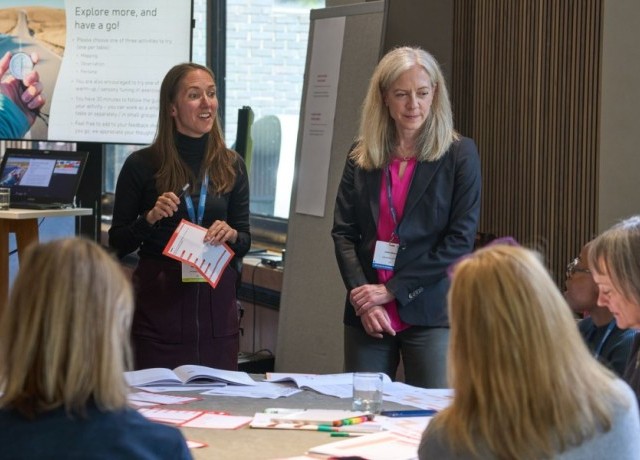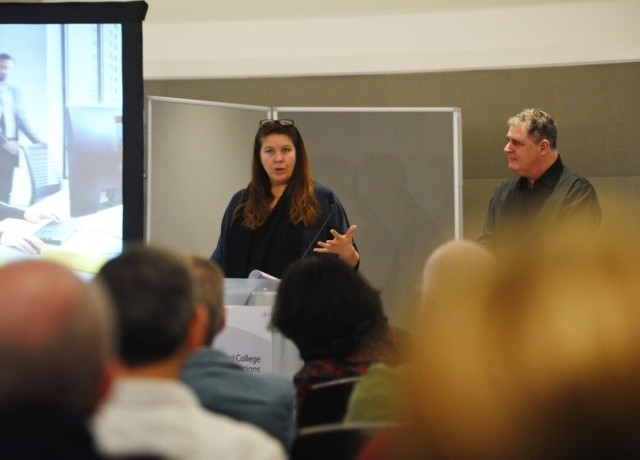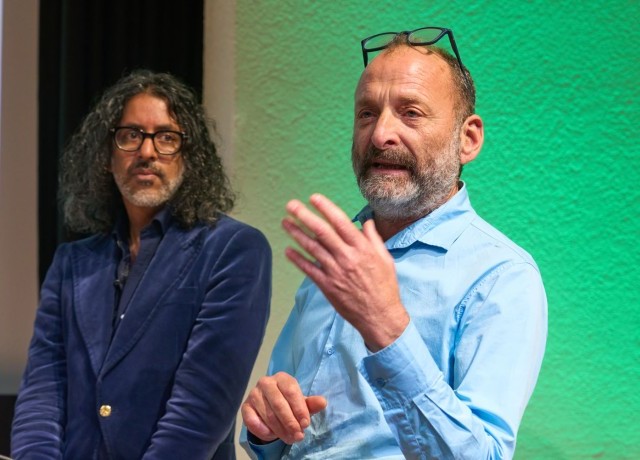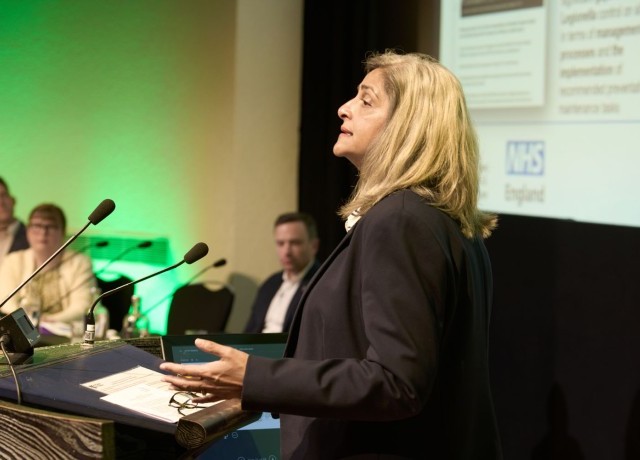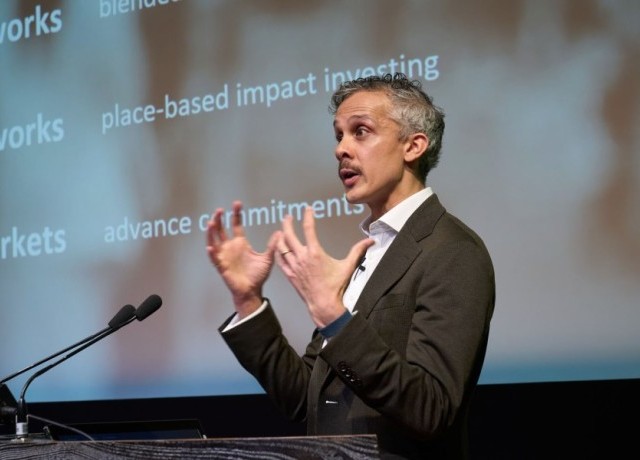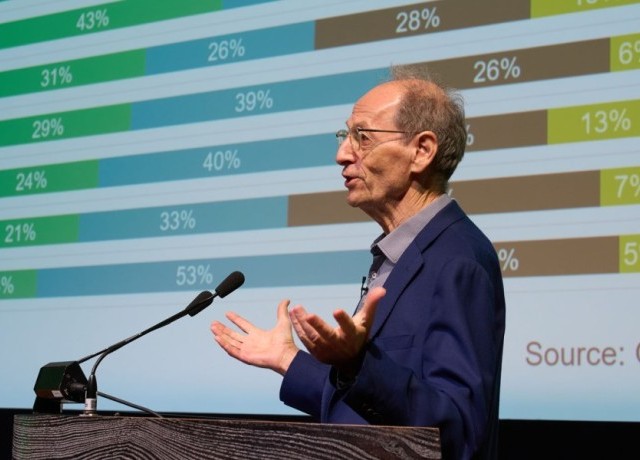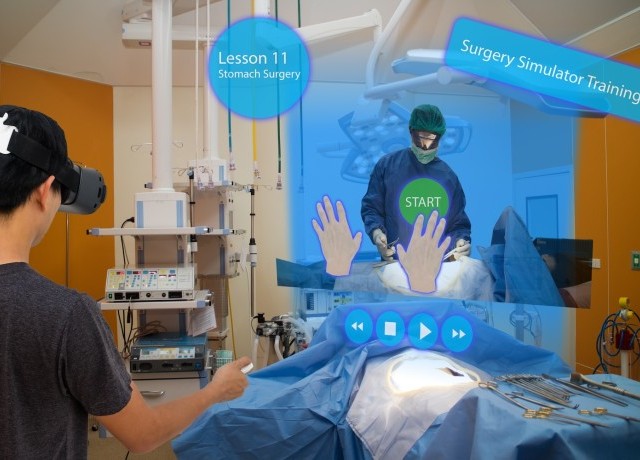
Workforce and skills pressures dictate need for healthcare education rethink
The way healthcare professionals are trained must undergo a fundamental shift. That’s the verdict of new research that points to healthcare education coming under mounting pressure to adapt to global workforce shortages, evolving skill demands, and shifting patient needs.
Healthcare systems worldwide are being reshaped by powerful trends, including ageing populations, the rise of chronic disease, and accelerating economic constraints. The World Health Organization projects a global shortage of 11 million healthcare workers by 2030, while in Australia, the shortfall of nurses is expected to reach 70,000 by 2035. Furthermore, since the pandemic, Australia has seen a 50-per-cent jump in internationally trained doctors registered to practise, highlighting a reliance on global talent.
Against this backdrop, research from international design practice Hassell sets out practical, design-led strategies to help education systems rise to these challenges. Titled ‘The Anatomy of Change: Rethinking Healthcare Learning Environments’, the research asserts that traditional approaches are no longer sufficient to develop the diverse skillsets required in modern healthcare, or to prepare students for emerging technologies, multidisciplinary collaboration, and evolving care environments.
Drawing on global expertise and multidisciplinary insights, the report provides a framework for healthcare learning environments that:
- foster adaptability to cater to evolving skills and technologies;
- support collaboration across professions and disciplines;
- integrate simulation and real-world practice to better prepare students; and
- maximise resources in the face of economic constraints.
By embedding these principles into the design of healthcare education environments, the study shows how designers and healthcare providers can better prepare the workforce to meet growing patient demands and address looming shortages that not only respond to current pressures but also create resilient systems equipped to deal with the challenges ahead.
“Well-designed, flexible and future-proof education environments within hospitals are vital to workforce development, service quality and system sustainability,” commented Leanne Guy, principal and health sector leader at Hassell.
“Advances in technology are transforming the spatial requirements of healthcare facilities, particularly those used for staff education and student training. As hybrid delivery, simulation-based learning, and digital upskilling become standard, many hospitals are grappling with how to adapt existing environments or design new ones that support these modes effectively.”
The report argues for active investment in adaptable infrastructure that supports contemporary teaching approaches, such as simulation-based education. A suitable option could be simulation suites featuring flexible spaces, supported by advanced audio-visual technology, enabling realistic scenarios and meaningful post-simulation debriefing.
Professional development programmes will also be necessary to support faculty in adopting new teaching methods, with staff potentially gaining skills in simulation delivery, virtual reality integration, and online teaching. Technical investments in secure-high-speed internet connectivity and user-friendly online learning platforms will also be beneficial, as will the embedding of CPD and compliance training into existing educational practices.
Advances in technology are transforming the spatial requirements of healthcare facilities, particularly those used for staff education and student training
Strategic collaborations between universities, healthcare providers, governments and industry are also advised. Clear memorandums of understanding can be drawn up to clarify shared responsibilities around infrastructure, resource allocation, and governance.
Thought should be given as to whether clinical schools, teaching hubs and simulation suites can be embedded into hospital and community health settings to support the application of theories into practice and enhance interprofessional collaboration. Telehealth-enabled facilities for rural schools should also be considered, while partnerships with technology providers and medical equipment firms can help equip training spaces with the latest innovations.
In designing optimal learning environments, the research report advises institutions to create flexible facilities capable of adapting to evolving teaching methods and technological advances. Modular furniture and adaptable room configurations should be considered to suit different teaching formats.
The creation of interprofessional spaces in educational facilities is encouraged to foster more collaboration and break down silos. In addition, more informal interaction and education opportunities can be generated in centrally located, accessible spaces, such as communal areas and student lounges, while wellbeing rooms and outdoor gathering spaces that promote quiet reflection can also enhance the learning and working environment.
Finally, designing education precincts with classrooms, research facilities, and patient-care areas all in close proximity can help promote innovation and deepen learning experiences.
The research methodology involved a review of academic literature, industry publications, and recent developments up to 2025, alongside qualitative interviews with 14 healthcare education leaders from across Australia and 11 architects specialising in healthcare and education design.
Event news
Actions to improve urban renewal and health equity
2nd September 2024
A vision for Liverpool: Putting people’s health first
2nd September 2024
Investing in urban renewal and health equity
21st March 2024
Health equity: Marmot Cities
20th March 2024



